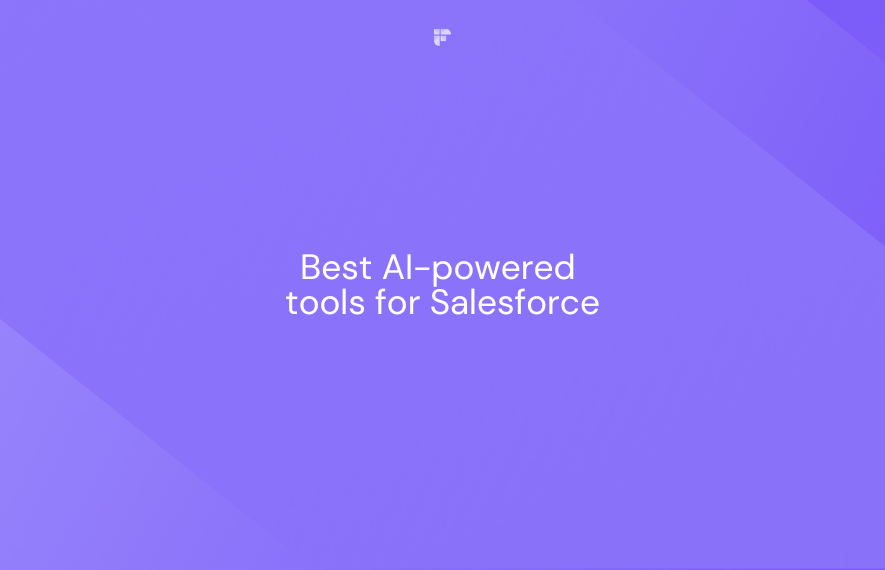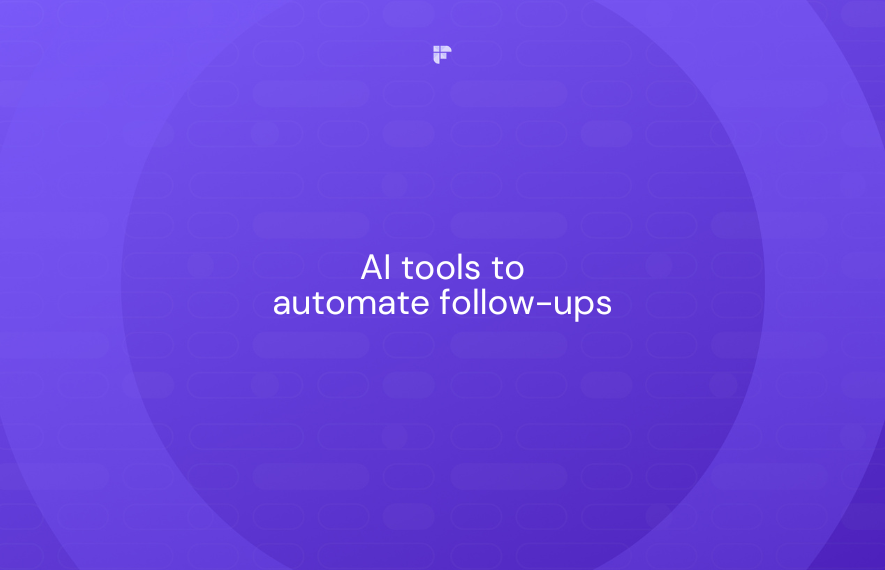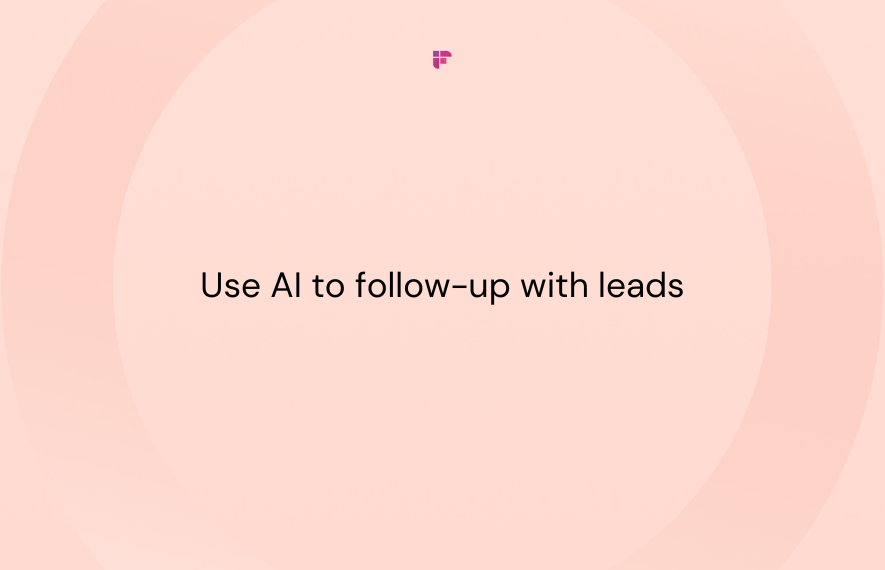2020 was an eventful year, to say the least. Some sectors bloomed while others suffered a setback. AI trends predictions from 2019 power-surged with the onset of Covid as the pandemic nudged faster adoption of AI by many reluctant business owners.
Nine out of every ten successful businesses have ongoing investments in AI, with over half (54%) of those businesses reporting a tremendous boost in productivity since implementation.
Moving at a compound annual growth rate (CAGR) of 33.2%, the AI market is estimated to boom to $266.92 billion by 2027 which is a tenfold spike from its $27.23 billion value noted in 2019.
The most significant cause for this spur in AI's growth, apart from the pandemic, is the services industry. AI makes the customer management segment easier to operate with personalized services. Healthcare is one of the biggest beneficiaries of this tech.
According to Salesforce's State of the Connected Customer report 2019, customers respond positively to the adoption of AI by businesses, with 62%, a 3% rise from 2018, accepting that they would use AI to improve their business experiences.
AI is also instrumental in removing the general hesitation employees have towards adopting new technologies. Two-thirds of the executives believe that AI can strengthen collaboration between humans and machines.
History of AI
Alan Turing, a world-renowned mathematician and widely accepted as the father of AI, coined the term "intelligent machinery" in 1948. At a lecture in London in 1947, Alan Turing, talking about computer intelligence, said, "What we want is a machine that can learn from experience."
This visionary statistician first predicted in 1945 that computers could one day become outstanding chess players.
In 1997, 50 years later, IBM built a chess computer named Deep Blue, which beat Garry Kasparov, then reigning world champion, in a six-game match. The win, however, was attributed to advancement in computer engineering (with its ability to process 200 million possible moves per sec) than AI. (Source).
AI's Biggest Breakthroughs in 2020
Some of the most on-point AI predictions of 2020 were – AI chat boxes, real-time marketing, predictive analysis by AI, ML, NPL, and enhanced customization. Among all, two significant breakthroughs were --
-
AlphaFold2 – Created by Google's DeepMind, AlphaFold2 is hailed as one of the most incredible breakthroughs in the field of medical sciences. AlphaFold2 is capable of detecting and deriving 3D protein structures of amino acids. A challenge for over 50 years. This could save scientists weeks, months, and, potentially, years spent understanding the DNA of new diseases.
AlphaFold2 will help unravel the mysteries of new diseases much faster and also quicken the pace of pharmaceutical manufacturing. This assistance from AI has the potential to save countless human lives.
This innovation comes on the tails of a world still trying to come to terms with the pandemic. AlphaFold2 can be a very powerful tool to study all future diseases at the molecular level.
- GPT-3 – GPT-3 or Generative Pre-trained Transformer 3, developed by OpenAI, can converse with humans as well as read and write texts. Talking robots have for long been considered a milestone in the progression of AI.
GPT-3 has 175 billion parameters and, therefore, can process many other languages than its predecessor, GPT-2, which functioned with just 1.5 billion parameters. (Parameters are values that a neural network can optimize during its training.)
AI Trends 2021

1. Cyber Security
In February 2020, Amazon's AWS cloud computing services recorded a 2.3 Tbps DDoS attack, the biggest since Google's 2.5 Tbps in 2017. With the remote work culture, the security mesh needs to be tightened to protect individuals and the sensitive data of companies.
AI is increasingly employed to safeguard digital data from malware, ransomware, and phishing attacks. AI is also used to study user behavior and cybercriminal trends. Trained algorithms have the ability to pick up nefarious activities and nip them in the bud.
2. AI in Healthcare
Stats suggest that by 2025, the market size of AI in healthcare would be over $28 billion. With the pandemic overwhelming healthcare workers, 2021 hospitals will depend on AI to scan MRIs and X-rays to catch diseases quicker and flag them.
This will also reduce error rates in detection. AI will also help prioritize medical emergencies and assist in primary diagnosis.
3. Rise of NPL and ASR
With the rise in popularity of digital assistants like Alexa and Google homes, we will see greater demand for ASR (Automated Speech Recognition) and NPL (Natural Language Processing).
NPL allows humans to directly interact with robots instead of a screen. It will be exhaustively used in auto caption generation, sentiment analysis, chatbots, and machine translation.
Banks and other financial institutions are increasingly turning to ASR for biometric identification for additional security shields.
4. Increase in AIOPs Solution
AIOPs, short for Artificial Intelligence for IT Operations, are used to automate and manage IT operations through analytics and machine learning.
AIOPs' two main components are big data and machine learning. It accumulates observational data from monitoring systems and logs with engagement data into a larger platform. It then drives meaningful insights by implementing ML and analytics against the collected IT data.
AIOPs help in the real-time correlation of data for data-driven decision-making. IT heads are looking for AIOPs providers who empower cross-team collaboration, provide end-to-end digital experience, and integrate with the whole IT chain.
5. Spike in Demand for Ethical AI
Ethical distrust for AI is strong among people not familiar with its workings. These concerns are reasonable and 65% of executives agree that they are aware of AI's discriminatory biases. Positive awareness is that it can lead to conscious efforts to find suitable solutions.
Two major ethical issues that organizations worldwide have to be responsible for are data transparency and algorithm fairness.
6. AI of things (AIoT) and Internet of Behaviours (IoB)
At a smaller scale, a fusion of IoT and AI is the reason we can get things done with a "Siri, can you..." or "Alexa, set a reminder…". On larger grounds? It is spearheading the 4.0 industrial revolution.

According to the IoT Times, AIoT will significantly impact the retail industry with smart cameras, intelligent shopping carts, decision-steering sensors, shopping suggestion mirrors that act as virtual fitting rooms, and parking spot tools.
Forbes defines IoB as "leveraging data to change behaviors. This brings together data from both the digital and physical worlds to influence actions and behaviors through feedback loops."
By borrowing an example of Telematics from Gartner, Forbes talks about how telematics can monitor commercial vehicle drivers' behavior and then use that data to ensure better safety, routing, and driver performance.
7. Reinforced Learning (RL)
As an application of deep learning, RL works to improve the data's efficiency based on its experience. RL machines are trained on a reward-penalty model. The programmer designs problems and trials that the machine has to solve on its own.
The designer can program the machine to "think" like they want by rewarding the machine for every favorable decision and punishing others. The goal for the machine is to maximize its rewards.
Few applications of RL that are expected to gain traction this year are motion control robotics, advertisement content optimization, aircraft controlling, and planning business strategies.
8. The Partnership Between Business Intelligence and Artificial Intelligence
Analytics on a larger scale uses AI and ML to help with data preparation and gaining insights into how people explore.
As more and more organizations become dependent on AI to manage their workflows, BI teams will be urged to develop AI and ML modules. Thus, more BI vendors will use AI applications such as NPL, predictive tools, text analytics, etc.
This is beneficial for the organization as a whole as it shortens the gap between BI analysis and a working model, as BI teams are closer to the business than data scientists.
Secondly, it is more sustainable to empower BI teams with AutoML than hiring a data scientist team. (AutoML systems automatically compare models and employee insights faster
9. Zero-code AI
Many platforms are offering businesses zero-code to enhance workflows. And as the need for democratizing data sciences for AI applications grows, an increasing number of organizations are investing in innovative technologies.
Zero-code AI makes ML and AI accessible to a larger chunk of the population. Drag-and-drop, the user-friendly feature, makes AI simpler for non-technical people.
DotData mentions that "Organizations will need to look for new, more sophisticated AutoML platforms that enable true no-code end-to-end automation. Automatically creating and evaluating thousands of features (AI-based feature engineering) and ML operationalization will be critical."
10. Automated Innovation
AI will expand its reach from limited sectors like tech, finance, and retail to other business areas. AI and ML will become a part of critical business activities, drive efficiencies, and develop better products and services.
This universal adoption will help start-ups skip the first few struggles and concentrate directly on building strategies and bringing in sales.
Cloud services like IBM, Amazon Web Service, Google cloud provide ready-to-use ML, DL, and other AI tools and algorithms for businesses to use in their data analysis process.
To Sum It Up
2021 is a hot year for a number of AI trends. With a rise in AI-driven operating models and more industries adopting edge intelligence, AI will find newer ways to embed itself in our everyday lives. From our offices to our (smart) homes, AI in its reach has indeed become limitless.








